globeglimpser
TPF Noob!
- Joined
- Sep 15, 2012
- Messages
- 140
- Reaction score
- 15
- Website
- www.globeglimpser.com
- Can others edit my Photos
- Photos OK to edit
Hi all.
Situation:
I am looking for a suitable camera to couple with my soon to be Nikkor 80-400mm (F4.5-5.6D ED VR) and Nikon teleconverter (1.4x). I will the make the purchase around July-September and want the camera for my 3 month trip to South Africa - ie. for wildlife photography (mammals and birds). I currently own a D5100, 18-55mm, 55-300mm
Options:
A) I buy a D7100 as a primary body, then in a year or so replace the D5100 with a currently unreleased full frame which becomes my primary
B) I buy a D600 as a primary body and make no other body upgrades in the forseeable future
My thinking:
I think I may get more use out of a D7100 for wildlife photography. The crop and tele factors mean that I will have 400 x 1.5 x 1.4 = 840mm equivalent zoom on a 24MP sensor as opposed to 400 x 1.4 = 560mm on an equivalently sized sensor. Equating these two means that 840mm can be achieved on the DX portion of the D600 sensor which is only 10.4 MP. Based on this I am assuming that I will be able to get a greater reach and higher quality (at say 600mm) with the D7100 than the D600.
My Questions:
Is my logic flawed?
Does anyone have experience relating to this?
Have I missed any key differences between the cameras and frame sizes?
Is there anything helpful you could add?
Which option would you chose and why?
Situation:
I am looking for a suitable camera to couple with my soon to be Nikkor 80-400mm (F4.5-5.6D ED VR) and Nikon teleconverter (1.4x). I will the make the purchase around July-September and want the camera for my 3 month trip to South Africa - ie. for wildlife photography (mammals and birds). I currently own a D5100, 18-55mm, 55-300mm
Options:
A) I buy a D7100 as a primary body, then in a year or so replace the D5100 with a currently unreleased full frame which becomes my primary
B) I buy a D600 as a primary body and make no other body upgrades in the forseeable future
My thinking:
I think I may get more use out of a D7100 for wildlife photography. The crop and tele factors mean that I will have 400 x 1.5 x 1.4 = 840mm equivalent zoom on a 24MP sensor as opposed to 400 x 1.4 = 560mm on an equivalently sized sensor. Equating these two means that 840mm can be achieved on the DX portion of the D600 sensor which is only 10.4 MP. Based on this I am assuming that I will be able to get a greater reach and higher quality (at say 600mm) with the D7100 than the D600.
My Questions:
Is my logic flawed?
Does anyone have experience relating to this?
Have I missed any key differences between the cameras and frame sizes?
Is there anything helpful you could add?
Which option would you chose and why?



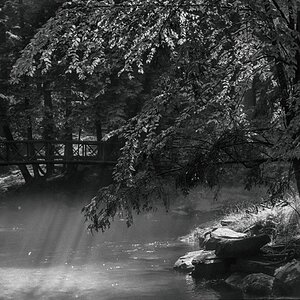
![[No title]](/data/xfmg/thumbnail/34/34686-9d6b51a2427064204f762b07c8b00f70.jpg?1619736602)
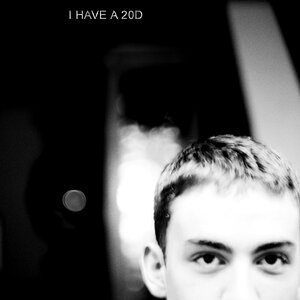
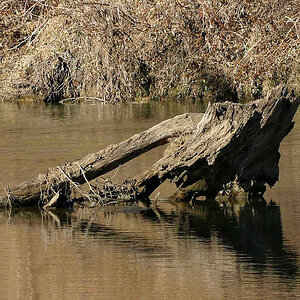
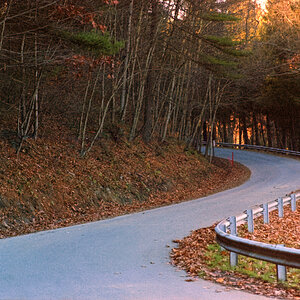
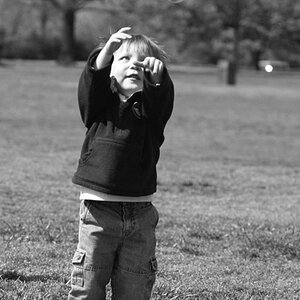
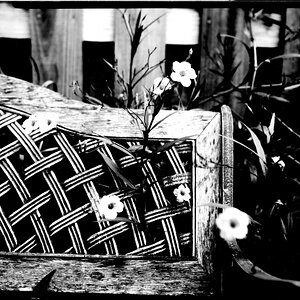
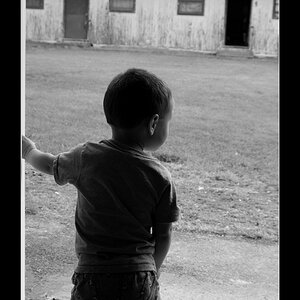
![[No title]](/data/xfmg/thumbnail/37/37090-2836dacbe52360ec3fdc1246a4e1d045.jpg?1619737880)

